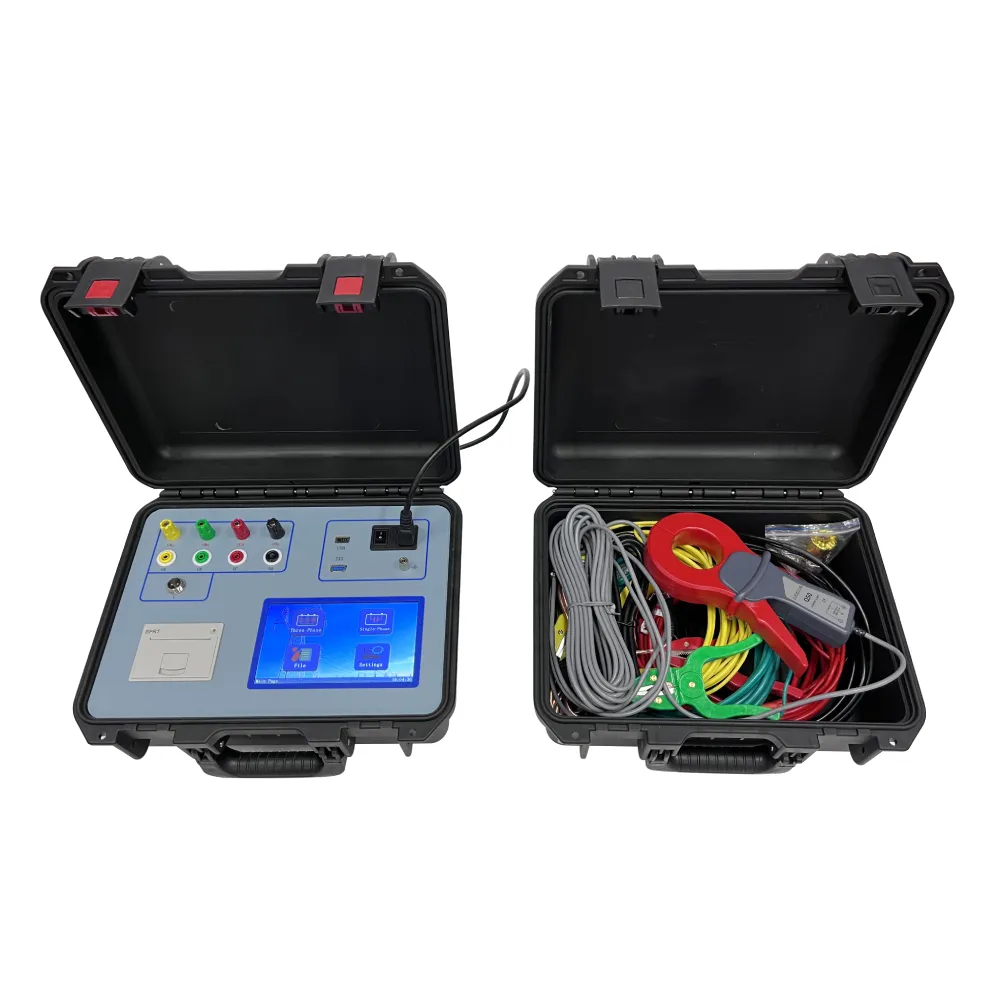 English
English



-
 Afrikaans
Afrikaans -
 Albanian
Albanian -
 Amharic
Amharic -
 Arabic
Arabic -
 Armenian
Armenian -
 Azerbaijani
Azerbaijani -
 Basque
Basque -
 Belarusian
Belarusian -
 Bengali
Bengali -
 Bosnian
Bosnian -
 Bulgarian
Bulgarian -
 Catalan
Catalan -
 Cebuano
Cebuano -
 China
China -
 China (Taiwan)
China (Taiwan) -
 Corsican
Corsican -
 Croatian
Croatian -
 Czech
Czech -
 Danish
Danish -
 Dutch
Dutch -
 English
English -
 Esperanto
Esperanto -
 Estonian
Estonian -
 Finnish
Finnish -
 French
French -
 Frisian
Frisian -
 Galician
Galician -
 Georgian
Georgian -
 German
German -
 Greek
Greek -
 Gujarati
Gujarati -
 Haitian Creole
Haitian Creole -
 hausa
hausa -
 hawaiian
hawaiian -
 Hebrew
Hebrew -
 Hindi
Hindi -
 Miao
Miao -
 Hungarian
Hungarian -
 Icelandic
Icelandic -
 igbo
igbo -
 Indonesian
Indonesian -
 irish
irish -
 Italian
Italian -
 Japanese
Japanese -
 Javanese
Javanese -
 Kannada
Kannada -
 kazakh
kazakh -
 Khmer
Khmer -
 Rwandese
Rwandese -
 Korean
Korean -
 Kurdish
Kurdish -
 Kyrgyz
Kyrgyz -
 Lao
Lao -
 Latin
Latin -
 Latvian
Latvian -
 Lithuanian
Lithuanian -
 Luxembourgish
Luxembourgish -
 Macedonian
Macedonian -
 Malgashi
Malgashi -
 Malay
Malay -
 Malayalam
Malayalam -
 Maltese
Maltese -
 Maori
Maori -
 Marathi
Marathi -
 Mongolian
Mongolian -
 Myanmar
Myanmar -
 Nepali
Nepali -
 Norwegian
Norwegian -
 Norwegian
Norwegian -
 Occitan
Occitan -
 Pashto
Pashto -
 Persian
Persian -
 Polish
Polish -
 Portuguese
Portuguese -
 Punjabi
Punjabi -
 Romanian
Romanian -
 Russian
Russian -
 Samoan
Samoan -
 Scottish Gaelic
Scottish Gaelic -
 Serbian
Serbian -
 Sesotho
Sesotho -
 Shona
Shona -
 Sindhi
Sindhi -
 Sinhala
Sinhala -
 Slovak
Slovak -
 Slovenian
Slovenian -
 Somali
Somali -
 Spanish
Spanish -
 Sundanese
Sundanese -
 Swahili
Swahili -
 Swedish
Swedish -
 Tagalog
Tagalog -
 Tajik
Tajik -
 Tamil
Tamil -
 Tatar
Tatar -
 Telugu
Telugu -
 Thai
Thai -
 Turkish
Turkish -
 Turkmen
Turkmen -
 Ukrainian
Ukrainian -
 Urdu
Urdu -
 Uighur
Uighur -
 Uzbek
Uzbek -
 Vietnamese
Vietnamese -
 Welsh
Welsh -
 Bantu
Bantu -
 Yiddish
Yiddish -
 Yoruba
Yoruba -
 Zulu
Zulu
Understanding Winding Resistance Tests for Transformer Performance Evaluation
Understanding Winding Resistance Test for Transformers
The winding resistance test is a critical evaluation technique used in the maintenance and commissioning of transformers. This test offers insights into the health of the winding circuits, ensuring that the transformer operates efficiently and securely under load conditions. In this article, we will delve into the importance of the winding resistance test, its procedure, and its implications for transformer performance.
What is Winding Resistance Test?
The winding resistance test measures the resistance of a transformer's windings, which consists of copper or aluminum wires coiled around a core. The primary purpose of this test is to determine the DC resistance of the windings, which can provide significant information regarding the condition of the windings and the transformer as a whole. It serves as an indispensable diagnostic tool, especially when assessing transformers that have been in operation for an extended period.
Importance of Winding Resistance Testing
The winding resistance test is vital for several reasons
1. Detection of Abnormalities Regular testing can detect faults such as shorted turns or excessive winding resistance that can lead to overheating and failure.
2. Assessment of Connections It helps in identifying poor connections or loose terminals, which may increase resistance and cause overheating during operation.
3. Comparison with Baseline Values By measuring the resistance of windings over time and comparing it with baseline values, technicians can monitor changes that may indicate wear or degradation.
4. Determining Temperature Effects The resistance of conductors is temperature-dependent. The test can help in estimating the temperature during operation, ensuring that the transformer operates within safe limits to prevent thermal damage.
winding resistance test transformer

The Testing Procedure
The winding resistance test typically involves the following steps
1. Preparation Before performing the test, ensure that the transformer is de-energized and properly isolated from the power source. Safety precautions should be taken to prevent electrical shocks or equipment damage.
2. Equipment Setup A digital micro-ohmmeter or a dedicated winding resistance tester is connected to the transformer terminals. It’s essential to choose a device that can measure low resistance values accurately.
3. Measurement The tester applies a known current through the winding and measures the resulting voltage drop. Using Ohm’s law (V = I × R), the resistance can be calculated. Multiple measurements across different phases and taps (if applicable) are recommended to ensure comprehensive evaluation.
4. Data Analysis The collected resistance values should be compared with the transformer manufacturer's specifications and previous test results. Significant deviations may necessitate further investigation.
5. Documentation Recording the results is crucial for trend analysis and future reference. This documentation supports maintenance plans and helps in justifying any necessary repairs or replacements.
Implications of the Results
Interpreting the results of the winding resistance test allows engineers to make informed decisions regarding transformer repairs, maintenance, and operation. High resistance readings may indicate winding deterioration, while overly low values could point towards short circuits or moisture ingress. Addressing these issues promptly can avert potential transformer failures, which are often costly and disruptive.
In conclusion, the winding resistance test is a fundamental practice in transformer maintenance and reliability assessment. By regularly conducting this test and understanding its significance, electrical engineers and maintenance personnel can ensure the seamless operation of transformers, ultimately safeguarding the reliability of electrical systems. Adequate attention to winding resistance not only prolongs the life of transformers but also enhances their efficiency, contributing to overall system stability and performance.
-
Transformer Test Essentials: Insulating Oil Tester and TypesNewsMay.30,2025
-
Grease Testers and Oil Determination OverviewNewsMay.30,2025
-
Exploring Electricity Usage Testers and GeneratorsNewsMay.30,2025
-
Essential Guide to Transformer Oil Testing ToolsNewsMay.30,2025
-
Ensuring Safety with a Circuit Breaker FinderNewsMay.30,2025
-
Electrical Safety Tools Hipot, Dielectric, VLF TestersNewsMay.30,2025



